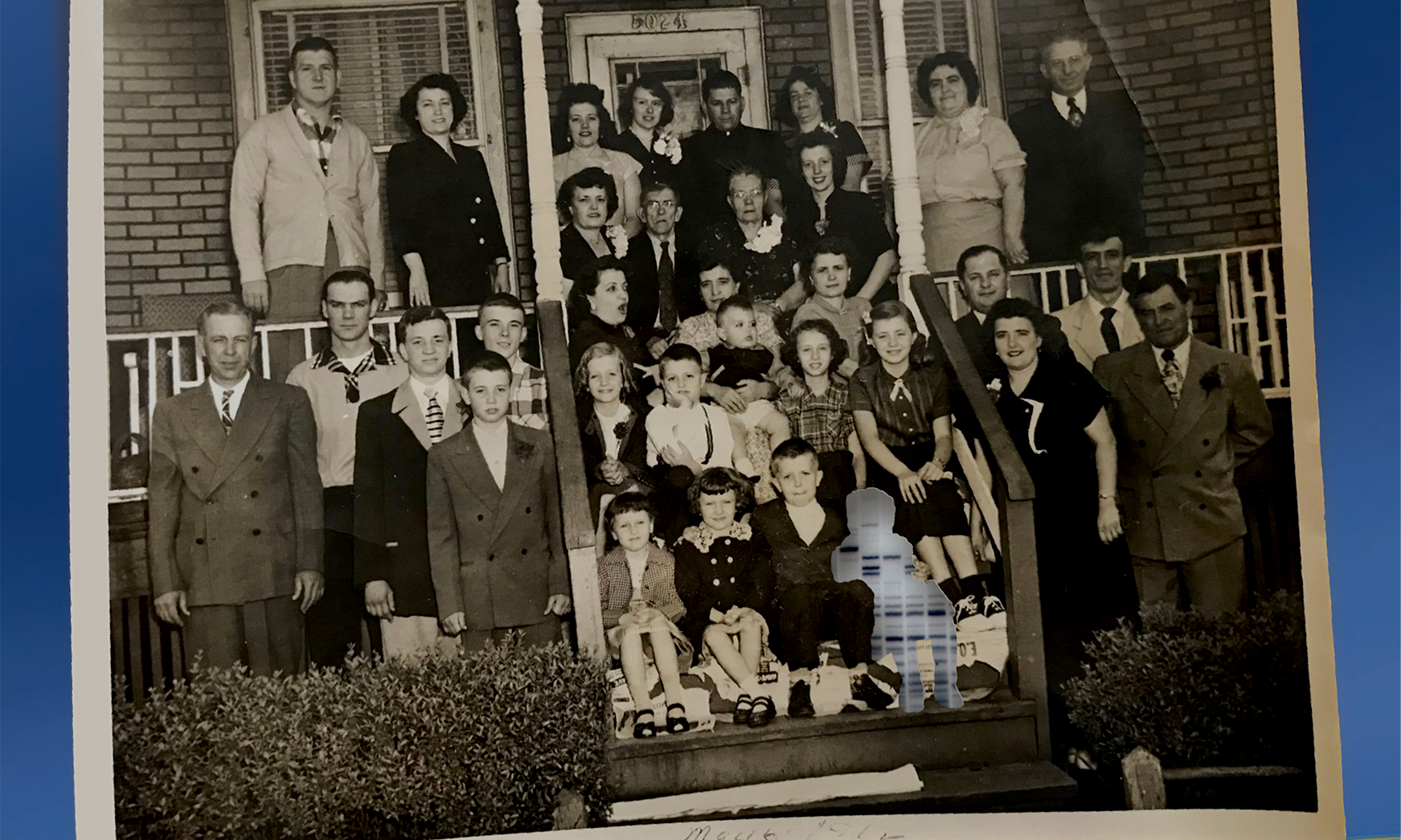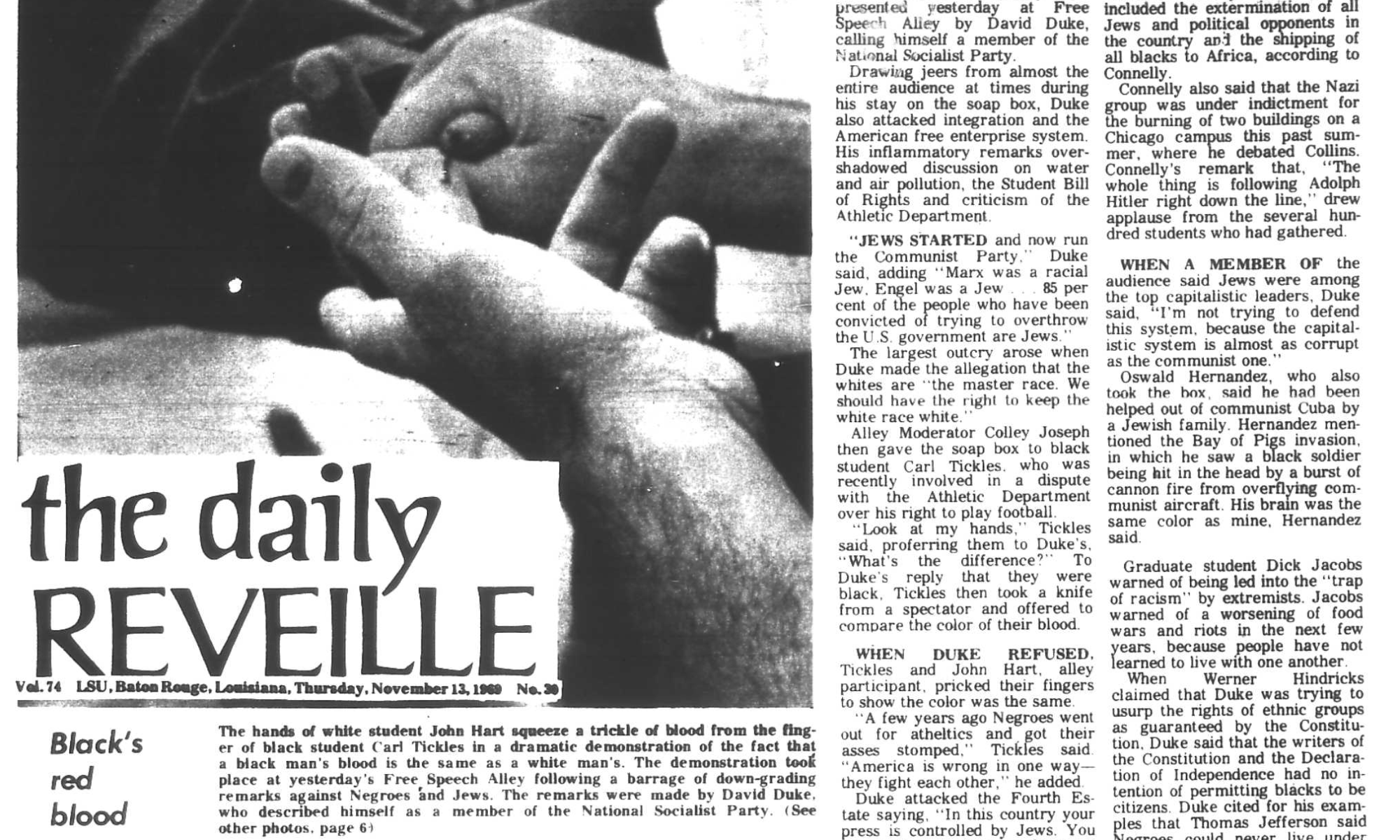The following review by author Betsy Reeder was published by Southern Literary Review on February 13, 2024.
In The Little Girl at the Bottom of the Picture: A Journey of Selfless Discovery, Jeremy White takes readers into and through a labyrinth of relationship by providing almost-voyeuristic access to emails, text messages, phone calls, and in-person communications. This he does with candor, humor, and meticulous attention to detail.
The true story begins with White’s adopted-at-birth wife Edie learning, thanks to DNA testing, the identity of her biological father. She soon gets in touch with her newly discovered half-brother, who helps introduce her to her father, John.
John, as it turns out, is a piece of work. A Vietnam vet who suffered emotional trauma and physical violence, both overseas and domestically, he habitually recounts horrific stories of his past. These include encounters with malicious military and law-enforcement personnel, as well as jail time for peddling pot. Contrasting with John’s sordid recollections are the outpourings of his warm and tender heart, as well as gems of insight White calls “hippie wisdom.”
Edie becomes accustomed to receiving e-mails thousands of words long from her bio-dad. Their first phone conversation lasts five hours. While many would shrink at a face-to-face encounter with such a character, Edie joyfully anticipates meeting John when she and Jeremy travel from Baton Rouge to the Seattle area to meet half-brother Justin and his family. John flies from Texas to make the meeting possible.
Not long after this trip, Edie begins to solidify a relationship with her half-sister Rachel. All the while, Edie, with help from a friend’s extraordinary sleuthing skill, continues the task of identifying her birth mother. After a false lead and several dead ends delay success, the case breaks open, and Edie retrieves the name and New Orleans address of a Susan. She sends a note and a photo.
There ensues a frenzy of discovery and travel as Edie and Jeremy travel to Indiana, Texas, California, and various places in Louisiana. They return to Washington State. They meet a slew of Edie’s relatives, including a horde of extraverted Ukrainian cousins, aunts, and uncles. Add Mardi Gras, Oktoberfest, Pierogi Fest, and Greek Fest to the mix, and you have some sense of a frenetic year.
When Edie meets Susan (“the little girl at the bottom of the picture”), the birth mother rejoices with “We get to hug! We get to hug!” upon greeting her long-lost daughter. Susan later describes that reunion as “possibly the best day of my life.”
Never mind that some readers (this one included) won’t recognize all the abbreviations included in text exchanges or may have to look up the word lagniappe. Never mind any disappointment at not seeing images of people shared so intimately that they feel like close friends or difficulty keeping straight the many twigs on a complex family tree. Any reader open to vicarious delight will find it in spades.
The source of this delight, and what is most remarkable about the adventure, is not only Edie’s wide-open heart but the full-throttle enthusiasm with which she is received by a host of strangers, some of whom never knew she existed, others who hoped she did. In our age of cynicism and suspicion, the story reminds us of the innate human capacity to connect. It portrays entire families’ willingness to accept what was and embrace what is. It serves as a testament to the bond between a mother and child that decades of separation cannot prevent from re-forging, as evidenced by Susan’s words, “You have brought so much peace into my life” and her reflexive holding of Edie’s hand when the mother and daughter share a car’s backseat. It illuminates what a strong marriage (Edie’s and Jeremy’s) can make possible. It reminds us of joy.
Author Jeremy White, a well-known radio host and guest, is a former stand-up comic and TV producer. The founder of Louisiana’s satirical Red Schtick Magazine has also been a football official and Mardi Gras krewe captain. He married the woman he calls “my bride,” Edie O’Neal, in 1992.





